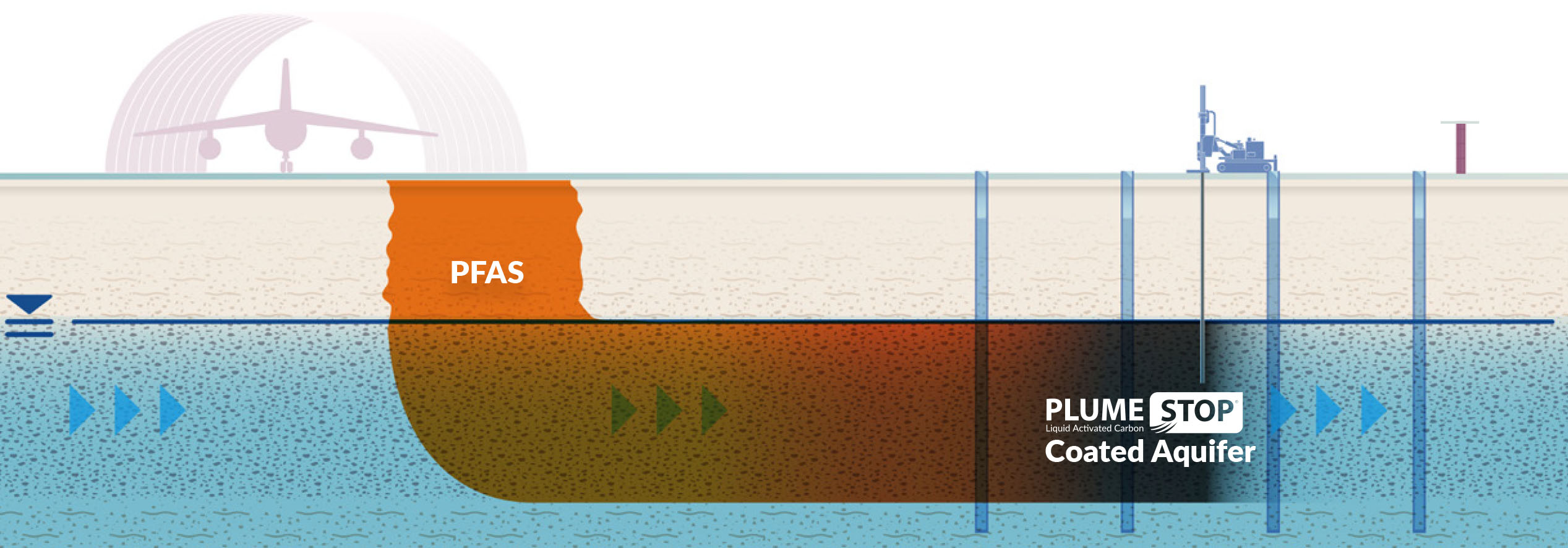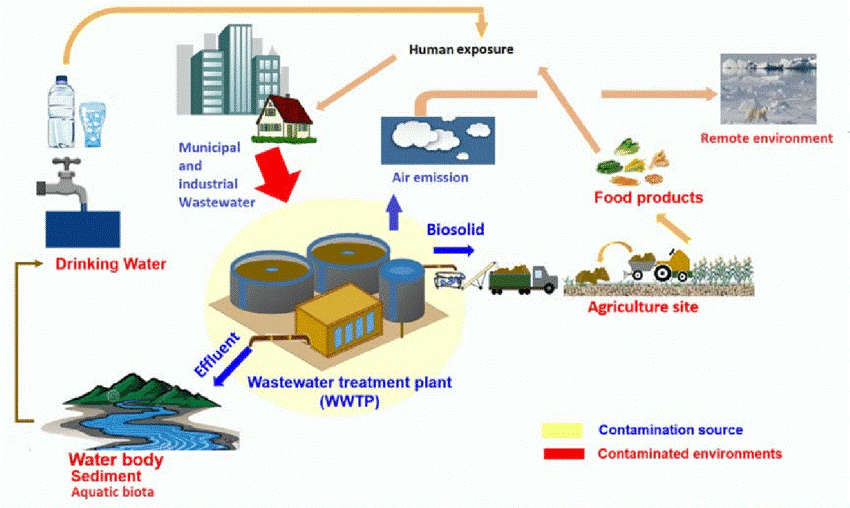Your Overview to PFAS Therapy Technologies and Benefits
The frequency of PFAS contamination in water sources requires a thorough understanding of readily available therapy technologies. Each innovation not just targets specific PFAS compounds however likewise plays a critical duty in boosting total water high quality and protecting ecological stability.
Understanding PFAS Contamination
Understanding PFAS contamination is vital for resolving its pervasive effect on environmental and human health (m270 pfas treatment). Per- and polyfluoroalkyl compounds (PFAS) are a group of synthetic chemicals commonly utilized in different industrial and consumer products due to their water- and grease-resistant properties. Commonly found in firefighting foams, non-stick cookware, and water-repellent fabrics, PFAS have actually gotten in the setting via production procedures, wastewater discharges, and leaching from landfills
Once released, these materials linger in the setting, bring about prevalent contamination of dirt and water sources. Their distinct chemical structure, defined by strong carbon-fluorine bonds, makes them resistant to deterioration, leading to a phenomenon understood as "for life chemicals." PFAS can build up in the human body and the food chain, possibly triggering adverse wellness impacts, including immune system disturbance, developmental problems, and an increased danger of specific cancers.
Governing agencies and wellness organizations are increasingly identifying the importance of PFAS contamination, motivating efforts to check, evaluate, and minimize its impacts. Recognizing the pathways of PFAS contamination is essential for notifying public policy and creating effective methods to protect both ecological and human health.
Review of Treatment Technologies
Numerous treatment modern technologies have actually been established to attend to the obstacles postured by PFAS contamination in water and soil. These modern technologies can be generally categorized into several categories, each with its special devices and effectiveness in eliminating PFAS compounds.
One famous method is ion exchange, which uses resin materials to capture and remove PFAS from contaminated water. This method is particularly reliable for short-chain PFAS and can attain substantial decreases in focus degrees. Another innovation, progressed oxidation procedures (AOPs), employs strong oxidants and ultraviolet light to break down PFAS into much less damaging materials. AOPs appropriate for dealing with a vast array of PFAS compounds but may call for mindful optimization to make the most of effectiveness.

Triggered Carbon Filtering
Triggered carbon purification is a widely used approach for the elimination of PFAS from contaminated water, known for its capacity to adsorb a broad variety of natural compounds. This technology uses turned on carbon, an extremely permeable product with a substantial surface, which promotes the binding of PFAS particles with physical adsorption. The efficiency of turned on carbon in eliminating PFAS is affected by a number of elements, including the sort of carbon used, the call time, and the concentration of PFAS in the water.
Among the advantages of turned on carbon purification is its convenience; it can be applied in numerous setups, such as granular triggered carbon (GAC) systems or powdered activated carbon (SPECIAL-INTEREST GROUP) systems. GAC systems are generally utilized in larger-scale applications, while political action committee can be utilized in smaller or short-term arrangements. The innovation is reasonably simple to operate and keep, making it available for several water treatment facilities.

Ion Exchange Systems
Ion exchange systems stand for an additional efficient approach for the removal of PFAS from contaminated water, complementing techniques like activated carbon filtering. These systems operate on the concept of exchanging ions in the water with ions held on a resin material. Ion exchange materials can be especially developed to target the negatively charged PFAS compounds, effectively catching them and allowing cleaner water to pass through.
One of the primary benefits of ion exchange systems is their ability to get rid of a vast array of PFAS, including both long-chain and short-chain variations. This flexibility makes them suitable for various applications, ranging from municipal water treatment to industrial procedures. Additionally, ion exchange systems can often attain reduced detection limitations for PFAS contrasted to a few other treatment techniques, hence improving water top quality.
Nevertheless, it is important to check and take care of the regeneration of ion exchange media, as the efficiency can decline in time as a result of saturation. Appropriate upkeep and substitute of the material are essential for sustaining the system's efficiency. Generally, ion exchange systems give a reputable and effective remedy for PFAS elimination, contributing considerably to risk-free alcohol consumption article water criteria and environmental management.
Advanced Oxidation Processes
Advanced Oxidation Processes (AOPs) use powerful oxidants to successfully weaken PFAS substances in infected water. These cutting-edge therapy approaches create very responsive species, such as hydroxyl radicals, that can damage down complex PFAS molecules into less hazardous byproducts. m270 pfas treatment. AOPs usually utilize mixes of ultraviolet (UV) light, ozone, hydrogen peroxide, or Fenton's reagent, boosting the oxidation possibility and boosting destruction efficiency
The primary advantage of AOPs depends on their capability to target a broad variety of PFAS substances, consisting of both long-chain and short-chain versions. This convenience is essential, as PFAS contamination often involves mixtures of various substances with varying chemical structures. AOPs can be integrated into existing water treatment systems, making them a sensible solution for many communities and markets.
Nevertheless, the implementation of AOPs can be resource-intensive, requiring cautious consideration of functional expenses and power intake. Additionally, while AOPs are effective in breaking down PFAS, they may not totally remove all results, requiring additional therapy actions - m270 pfas treatment. over here On the whole, AOPs stand for an appealing avenue for resolving PFAS contamination, adding to cleaner water sources and improved public health security

Final Thought
By picking the proper technology, neighborhoods can enhance water top quality, safeguard public wellness, and reduce the ecological risks linked with PFAS exposure. Continued study and application of these methods are necessary for effective administration of PFAS contamination in influenced areas.